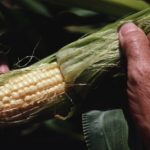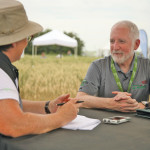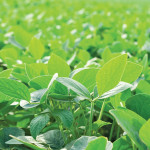This fall when you’re preparing your grain for storage, all you need to do is remember to SLAM. That’s short for sanitation, loading, aeration, and monitoring. The first step — removing any dust or debris from your bins before harvest — is “obviously important,” said Ryan Braun, Canadian sales manager for OPI, a grain storage













